
The drive for digital transformation has turbocharged the atmosphere we live in. It has also created a parallel sphere- the datasphere. Don't believe how gigantically data has grown and is still growing? Figures from analyst firm IDC bare the story. By 2025, the global datasphere is estimated to touch 181 Zettabytes (or 181 trillion GB). And let this sink in. The volume of data to be added over the next five years will be 2X more than the amount created since we started storing data digitally.
Just think it out loud. What is at the nucleus of every technology disruption? From Metaverse to autonomous vehicles and rapid vaccine development to cryptocurrency exchanges, data is at the core of any upheaval. Their success depends on real-time data and how efficiently it is monitored, managed, and governed to draw the best possible insights. Here, data fabric offers the best solution.
Data Fabric: Why We Need It Amid Data Lakes & Data Warehouses
Gartner defines data fabric as a design concept that serves as an integrated layer (fabric) of data and connecting processes. Unlike data lake and data warehouse, data fabric is a layer of data placed on various enterprise data sources. It is technology and format agnostic. It is opposed to a Data lake where you can feed in any form of data- structured, unstructured or semi-structured and data warehouses where processed data is stored. However, there are instances when data lake and data fabric can operate in synergy. Data fabric can help prepare trusted data for the data lake, and Data Lake can deliver operational intelligence for data fabric.
Think Real-Time Data Management, Think Data Fabric
Think of warfighters and peacekeepers who need real-time data to make decisions in the field. For them, the traditional data architecture or even data lakes can't operate at the speed of their mission. Even for any data-centric organization, data fabric is an essential element for enterprise data management and enterprise data integration. Gartner forecasts that by 2024, about 25 per cent of every data management vendor will be providing data fabric solutions. In 2021, Gartner named data fabric an emerging technology in its annual Hype Cycle report. Having said that, most organizations are still struggling to infuse a data-driven culture. It is estimated that 78% of executives are still struggling to make a business decision based on data. The root of the problem is unhealthy data collection and governance practices. With solutions like Google's Dataplex, you can manage, monitor, and govern data contained in data lakes, data warehouses, and data marts. This data is available securely to various analytics and data science tools.

Building Healthy Data Governance
The time can't be riper for enterprises to switch to data fabric architecture. There's much dependency on traditional data integration paradigms that involve moving data and writing code manually. And that's the critical reason data scientists and data engineers spend almost 80 per cent of their time cleaning up messy and complex data before performing the analytics. Data fabric doesn't reinvent the wheel but creates a better information base. Data fabric acts as the connective tissue for disparate data across clouds, data lakes and devices to be easily visualized and accessed from the same source.
Moreover, data fabric creates a work environment rooted in healthy data and arms executives and decision-makers to make choices and pick directions faster, which has a positive impact on business. To make the most out of data fabric, culture needs to work in tandem with technology. This will ensure that cross-functional teams will engage, collaborate and add value across the lifecycle of the company's data.










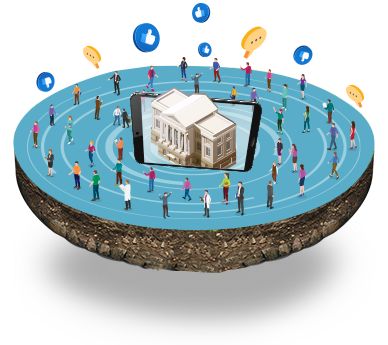

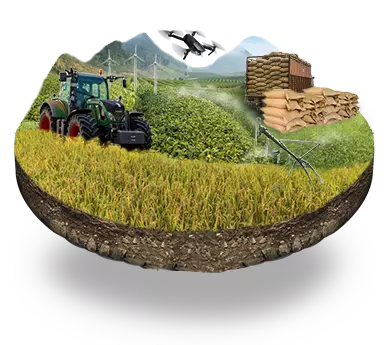









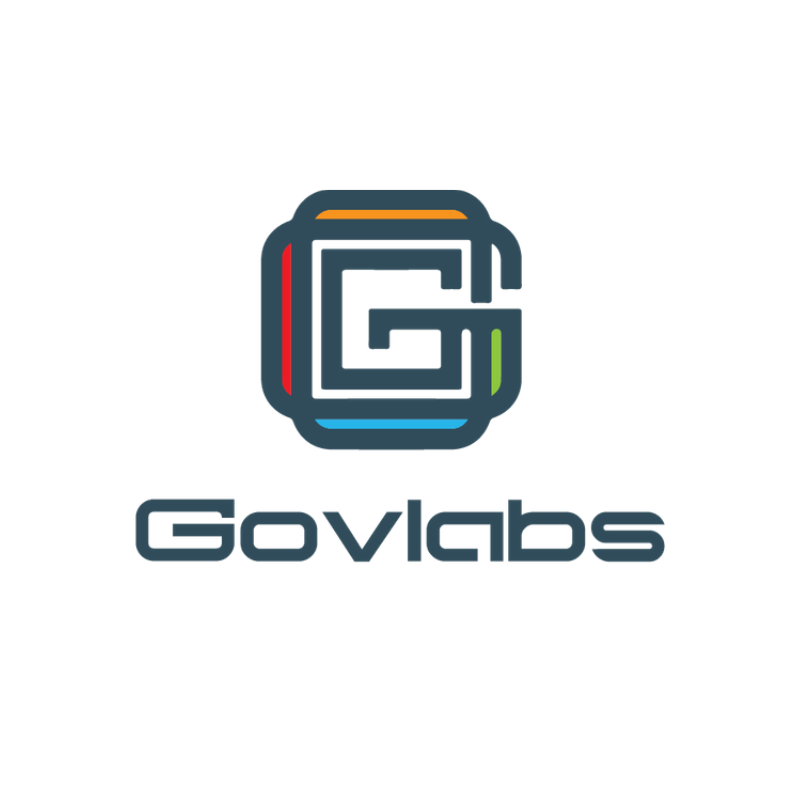


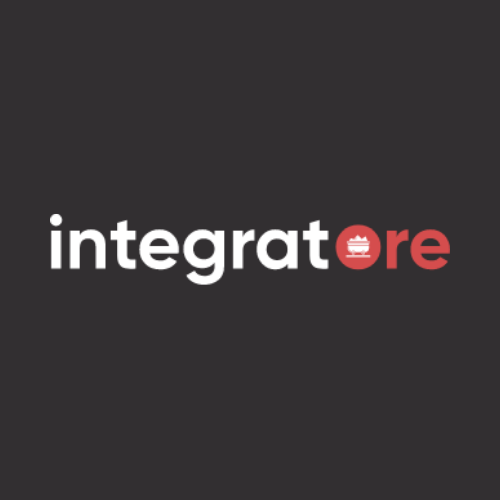
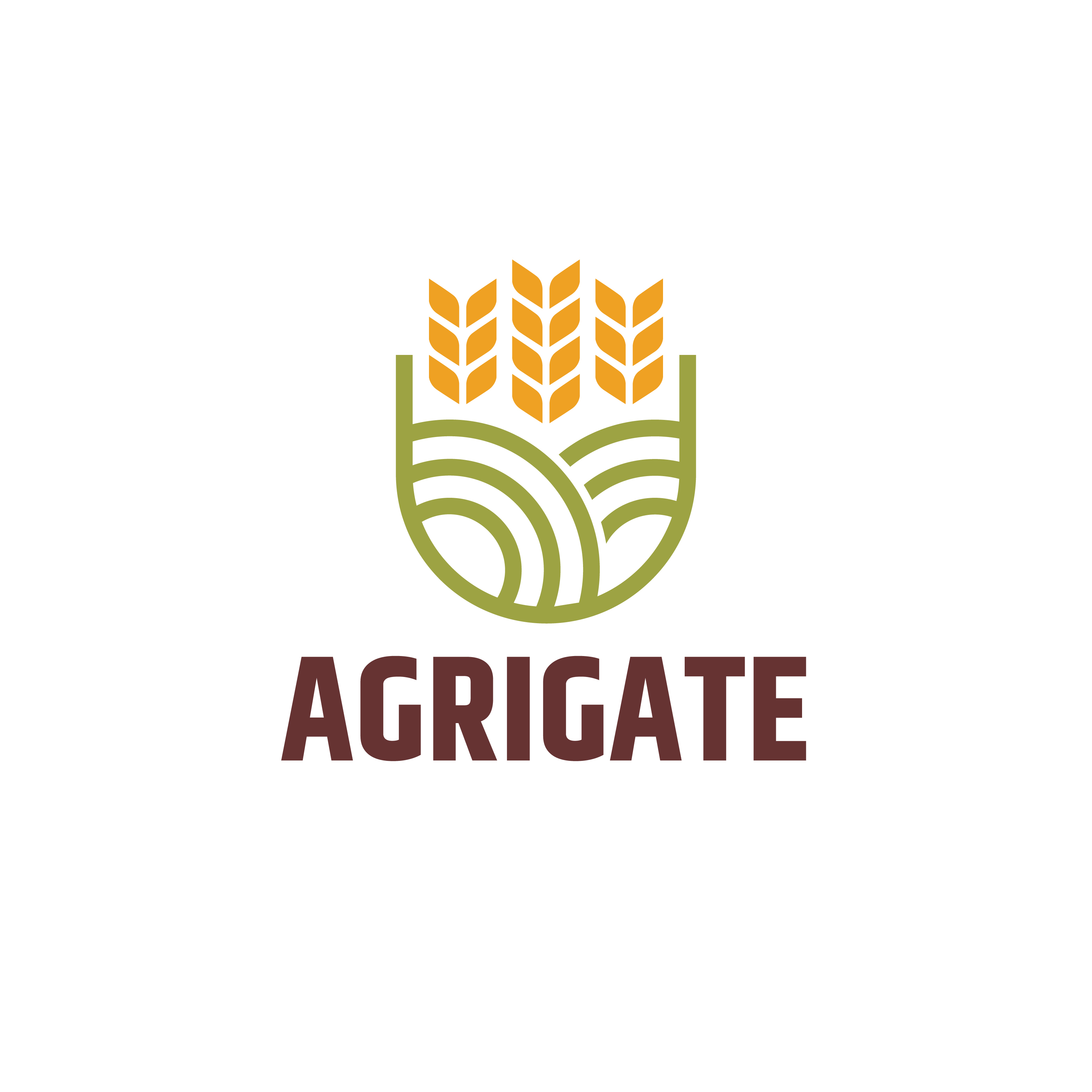






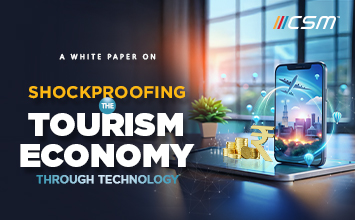

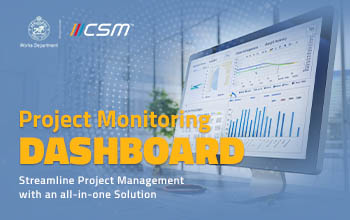



















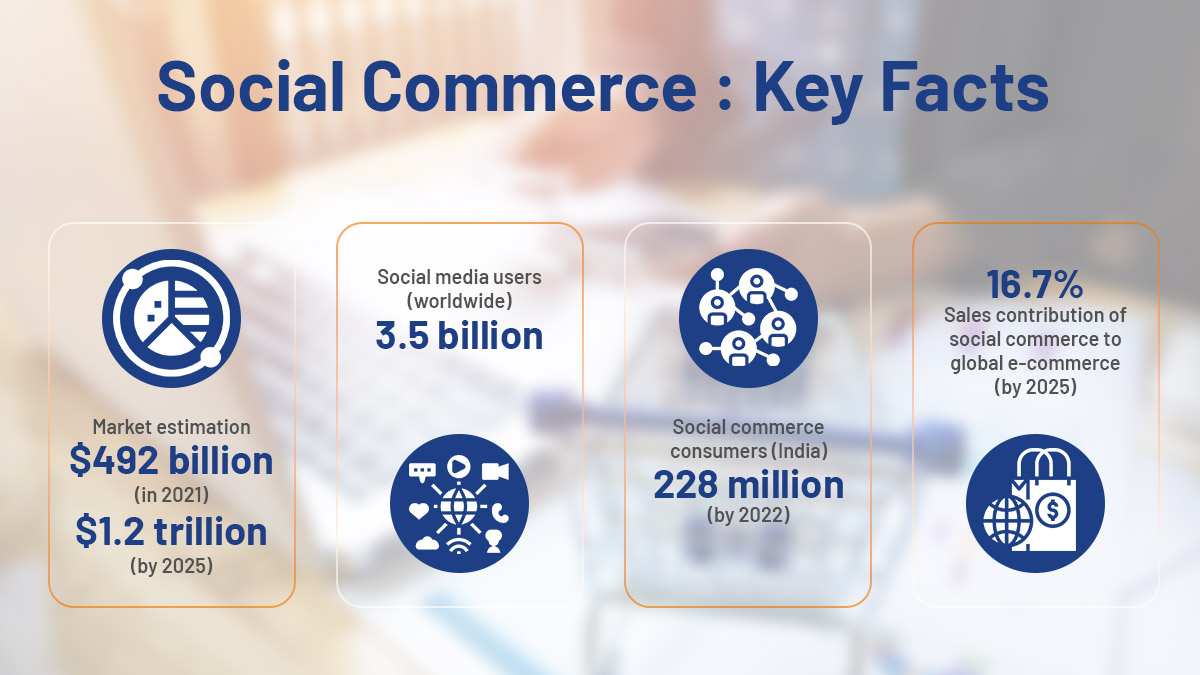


We will verify and publish your comment soon.